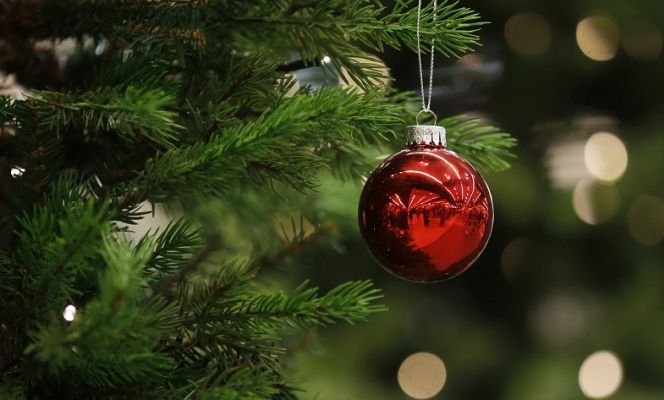Even as fake tree sales rise, as many as 30 million real Christmas trees are sold in the United States each year. After serving as Yuletide decorations, many of these trees will head to landfills.
But now, in a flourish of environmental Christmas magic, researchers from the UK’s University of Sheffield have found a way to break down a component in pine needles called lignocellulose and use it to create paints and sweeteners — a heartening seasonal example of how biotech discoveries can reduce waste at unexpected points on the global supply chain.
Lignocellulose is ugly. No, really. Its chemical structure makes it difficult to use for biomass energy, and it serves little industrial purpose.
Using heat and glycerol, Sheffield PhD student Cynthia Kartey, was able to break down the pine needles into two components, one of which was made mostly of materials like glucose, acetic acid and phenol.
All three have uses in other industries — glucose is used to make food sweeteners, phenol is used in products like mouthwash, and acetic acid for making adhesives, vinegar, and even paint.
Recycling and repurposing waste products is almost certain to become an increasingly important aspect of the future economy. Soon, perhaps even Christmas trees will keep our future green and fresh-pine scented.
Reference- Futurism, The University of Sheffield website, National Christmas Tree Association website
